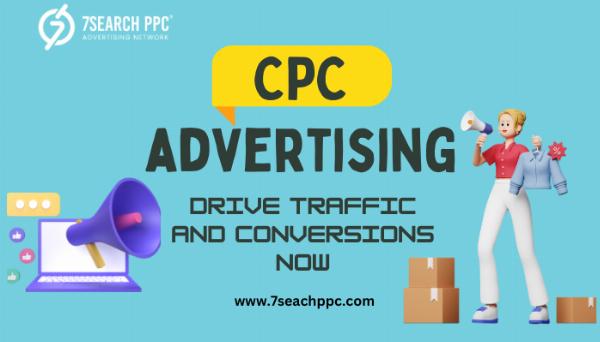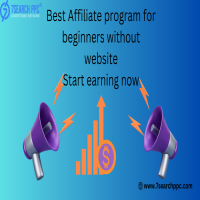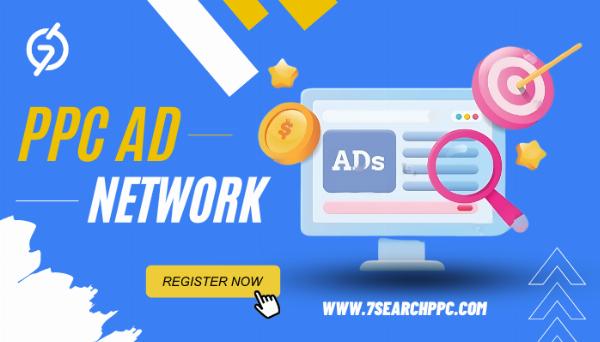CPC Advertising: A Comprehensive Guide for Marketers

Strong 8k brings an ultra-HD IPTV experience to your living room and your pocket.
In the digital landscape, advertising has evolved significantly. One of the most effective methods to drive traffic and conversions is through CPC (Cost Per Click) advertising. This guide will explore what CPC advertising is, its benefits, and how it compares to other advertising models like CPM (Cost Per Mille) and display advertising.
✍️ If you’re scaling campaigns, you need to balance CPC and ROI. Our resource on CPC optimization techniques shows how to use long-tail keywords and ad testing for sustainable growth.
What is CPC Advertising?
CPC advertising is a model where advertisers pay each time a user clicks on their ad. This payment structure is common in search engines, social media platforms, and various websites. Essentially, CPC enables advertisers to buy visits to their site rather than just impressions, ensuring that their budget is directed towards generating actual engagement.
How CPC Advertising Works
Bidding System: Advertisers set a maximum bid they are willing to pay for each click. This bid, combined with other factors like ad quality and relevance, determines ad placement.
Ad Auction: When a user performs a search or engages on a platform, an auction occurs. The highest bids along with quality scores decide which ads will appear and their order.
Cost Calculation: Advertisers only pay when someone clicks on their ad, hence the name "Cost Per Click." The actual cost may be lower than the maximum bid due to the auction dynamics.
Benefits of CPC Advertising
CPC advertising has gained popularity for several reasons:
Measurable Results
CPC campaigns provide clear metrics. Marketers can track clicks, conversions, and ROI, allowing them to adjust strategies in real-time for better performance.
Targeted Reach
CPC platforms often allow for precise targeting based on demographics, interests, and behaviors. This ensures that ads are shown to users most likely to engage.
Cost Control
With CPC, advertisers can set daily or campaign budgets. This control minimizes wasted spending, as payment occurs only when users click.
Increased Visibility
CPC ads often appear at the top of search results and on popular websites, increasing visibility and brand awareness.
CPC vs. CPM Advertising
While both CPC and CPM (Cost Per Mille) are popular online advertising models, they serve different purposes.
What is CPM Advertising?
CPM advertising charges advertisers based on the number of impressions (thousands) their ads receive, rather than clicks. This model is often used for brand awareness campaigns where the goal is to get as many eyes on the ad as possible, regardless of engagement.
Key Differences
Payment Structure: In CPC, you pay for clicks, while in CPM, you pay for impressions.
Goal Orientation: CPC is more conversion-focused, while CPM is generally aimed at brand visibility.
Target Audience: CPC targets users more likely to engage, while CPM casts a wider net.
The Role of Display Advertising in CPC
Display advertising encompasses a range of ad formats, including banner ads, rich media, and video ads that appear on websites.
How CPC Fits into Display Advertising
In display advertising, CPC can be a highly effective strategy. Advertisers create visually appealing ads that capture user attention, and they pay when users click on these ads. This model allows brands to benefit from the visibility of display ads while focusing their budget on engaged users.
Advantages of Display Advertising with CPC
Visual Appeal: Display ads can be more engaging than text-only ads, potentially leading to higher click-through rates (CTR).
Retargeting Opportunities: Display advertising allows for retargeting, where users who previously visited your site see your ads again, increasing the likelihood of clicks.
Brand Recall: The visual nature of display advertising can enhance brand recall, especially when combined with CPC strategies.
Crafting a Successful CPC Campaign
To maximize the effectiveness of a CPC advertising campaign, consider the following strategies:
Keyword Research
Identify relevant keywords that your target audience is searching for. Use tools like Google Keyword Planner or SEMrush to find high-volume, low-competition keywords.
Compelling Ad Copy
Create ad copy that is not only relevant but also persuasive. Use strong calls to action (CTAs) and highlight unique selling propositions (USPs) to encourage clicks.
Landing Page Optimization
Ensure that the landing page is optimized for conversions. It should load quickly, be mobile-friendly, and provide a seamless user experience.
A/B Testing
Continuously test different elements of your ads, including headlines, images, and CTAs. A/B testing helps identify what resonates best with your audience.
Monitor and Adjust
Regularly analyze the performance of your CPC campaigns. Look at metrics such as CTR, conversion rates, and ROI. Adjust bids, targeting, and ad copy based on performance data.
Tools for CPC Advertising
Several platforms facilitate CPC advertising, each with unique features:
Google Ads
Google Ads is one of the most widely used platforms for CPC advertising. It allows you to create text, display, and video ads targeting specific keywords and audiences.
Bing Ads
Bing Ads is another search engine option that provides similar features to Google Ads but often at a lower cost per click.
Facebook Ads
Facebook Ads allows for highly targeted CPC campaigns based on user demographics and interests. The platform supports a variety of ad formats, including image and video ads.
LinkedIn Ads
LinkedIn Ads is ideal for B2B marketers looking to target professionals. CPC campaigns on LinkedIn can be particularly effective for lead generation.
Challenges of CPC Advertising
While CPC advertising is highly effective, it does come with challenges:
Competition
High competition for popular keywords can drive up CPC costs. Marketers must find a balance between bidding competitively and maintaining profitability.
Ad Fatigue
If the same ads are shown repeatedly, users may become desensitized, leading to lower click-through rates. Regularly refreshing ad creatives is essential.
Click Fraud
CPC advertising can be vulnerable to click fraud, where competitors or bots click on ads to deplete budgets. Utilizing fraud detection tools can help mitigate this risk.
Future Trends in CPC Advertising
As digital marketing continues to evolve, several trends are emerging in CPC advertising:
Automation and AI
Machine learning algorithms are becoming more sophisticated, allowing for automated bidding and ad optimization based on real-time data.
Voice Search
With the rise of voice-activated devices, optimizing for voice search will become increasingly important in CPC strategies.
Video Advertising
Video content continues to gain traction, and CPC models for video ads will likely become more prevalent, offering engaging options for advertisers.
Conclusion
CPC advertising remains a powerful tool for marketers looking to drive traffic and conversions. By understanding how it works, its benefits, and how to craft successful campaigns, businesses can leverage CPC effectively in their digital marketing strategies. Whether you’re new to advertising or looking to refine your existing campaigns, embracing CPC can set you on the path to success.
By combining CPC with display advertising strategies and staying ahead of trends, marketers can create compelling campaigns that resonate with their target audience and achieve their goals.
Note: IndiBlogHub features both user-submitted and editorial content. We do not verify third-party contributions. Read our Disclaimer and Privacy Policyfor details.





